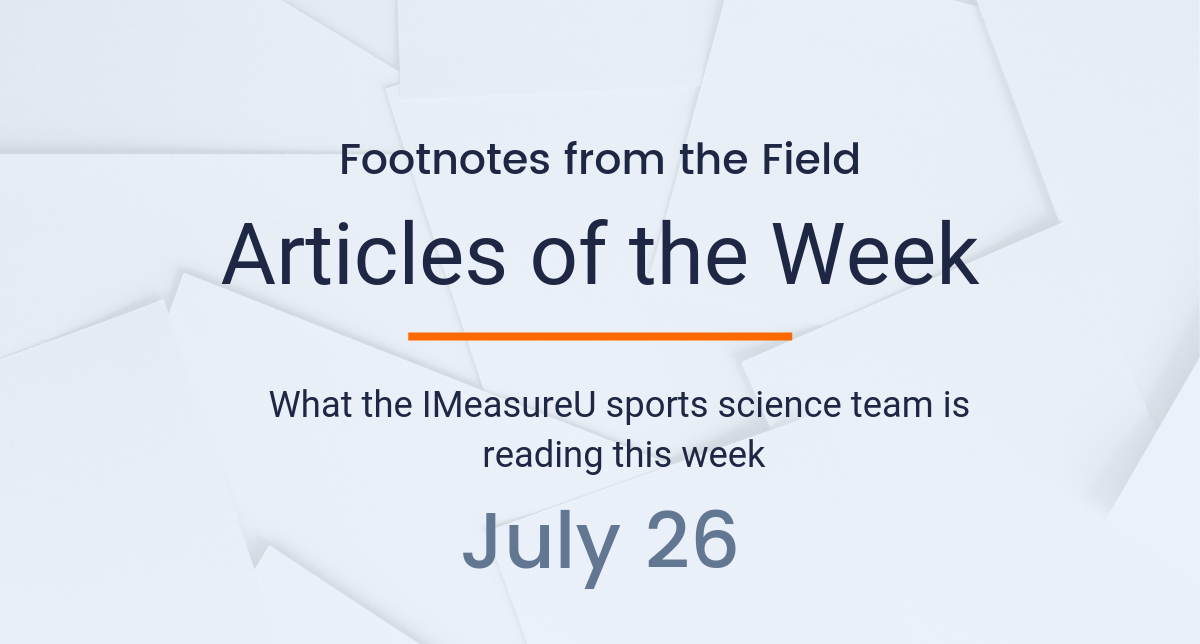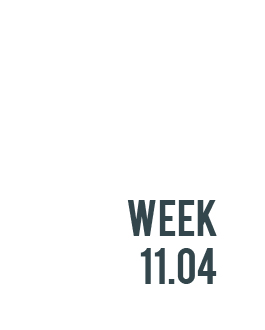
Here’s what the sports science team at IMeasureU is reading this week:
The first article from this edition of the articles of the week comes from a 2014 paper by Shona Halson. This article, although 5 years old, has many points that have stood the test of time including the key features of a sustainable monitoring system, assessing meaningful change and a detailed analysis of the variables that can be used to monitor training load and subsequent fatigue.
The next article comes from author Yewande Adesida and colleagues. The aim of this review was to understand the use of wearable technology in sport in order to enhance performance and prevent injury. Among her concluding points, Yewande outlined that “any output must also be easy to interpret
if it is going to be adopted by athletes and coaches who may have limited experience when analysing movement biomechanics data”.
This article in the International Journal of Sports Physiology and Performance comes from Jonathon Weakley and his colleagues at Leeds Beckett University. The purpose of this study was to determine the effect of feedback during a four-week training programme on jump, sprint and strength adaptations. Results indicated that providing augmented feedback during strength and conditioning routines can enhance training adaptations when compared to athletes who do not receive feedback.
Our fourth article comes from Medicine & Science in Sport & Exercise. Author Kyoung Jae Kim and colleagues aimed to see whether body-worn inertial measurement units (IMUs) can provide clinicians with valuable information about lower limb kinematics and athletic performance. It was concluded that using IMU sensor technology can provide quantitative and discrete analysis to detect kinematic differences during agility following a knee ligament injury in the field or non-laboratory setting.
The last article in this weeks articles of the week comes from Timothy Quinn in the Journal of Strength & Conditioning Research. This study examined whether a short training program (15 minutes for 10 days) to increase step frequency to 180 steps per min would elicit improvements in running economy. The authors concluded quite simply that training to run at a faster step cadence may be a viable technique to improve running economy.
For more sports science check out our blog for in-depth case studies and industry updates. Also, be sure to sign up for our newsletter below so you are always up to date with the latest research.




